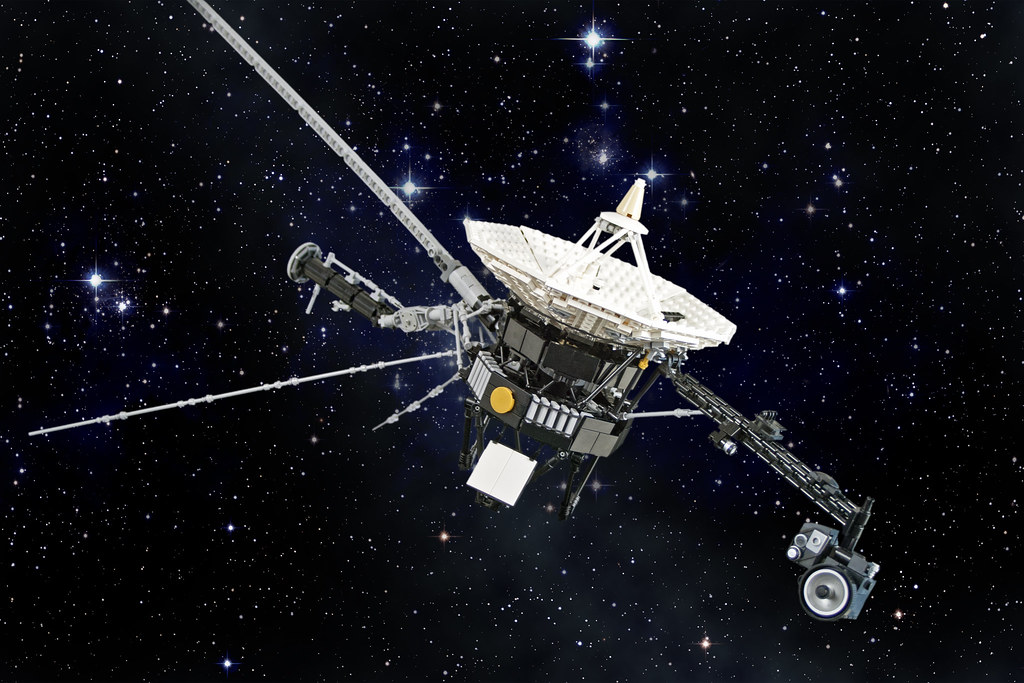Microsoft’s $1.50 Monthly Fee for Windows Server 2025 Hotpatch Updates Raises Concerns
Security updates are essential, especially for operating systems used by billions. Microsoft has faced a turbulent month following backlash over a recent Windows security patch that installed a mysterious folder without explanation. Social media “experts” advised users to delete the folder, only for Microsoft to warn that doing so could expose systems to attacks. Further investigation revealed that the update — and the addition of the inetpub folder — may have opened the door to new vulnerabilities.
Now, Microsoft’s security update strategy faces fresh controversy: introducing a subscription fee for no-reboot security “hotpatch” updates.
What Is Windows Hotpatching and Who Has to Pay the $1.50 Fee?
As first reported on April 14, Microsoft is moving toward implementing hotpatching, a method that installs security updates without requiring a system reboot. These updates apply directly to the in-memory code of running processes, ensuring minimal disruption.
Initially available only for Windows 11 Enterprise, version 24H2 (x64 devices managed via Microsoft Intune), the hotpatching feature will soon expand to Windows Server 2025 users. According to Janine Patrick, Windows Server product marketing manager, and Artem Pronichkin, senior program manager at Microsoft, the no-reboot hotpatch system will become a subscription-based service starting July 1.
To use hotpatching for Windows Server 2025, users must have Windows Server 2025 Standard or Datacenter editions connected to Azure Arc. Microsoft emphasized that a subscription to the Hotpatch service is mandatory.
While hotpatching remains free for users of Windows Server Datacenter: Azure Edition, those on Windows Server 2025 will face a cost of $1.50 per CPU core per month.
Despite the fee, Microsoft noted that hotpatching reduces downtime, limiting required reboots to about four times a year compared to the frequent restarts associated with traditional Patch Tuesday updates.



